Idrw Team
SOURCE: IDRW.ORG TEAM.
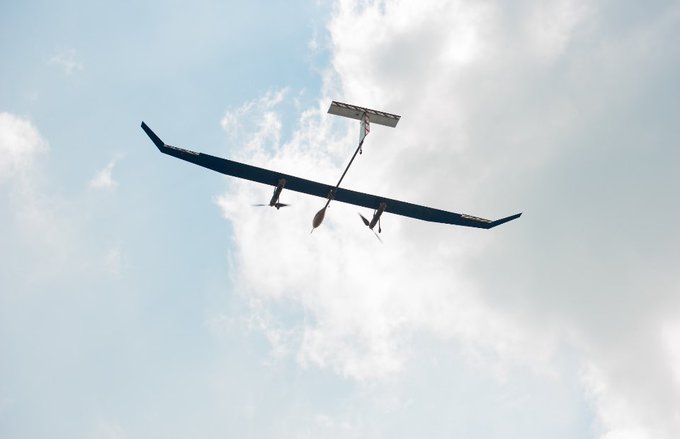
Bengaluru-based aerospace startup NewSpace Research & Technologies (NRT) has achieved a significant milestone with the successful completion of a 24-hour+ flight by its High-Altitude Pseudo-Satellite (HAPS) prototype. This marks a major leap forward in India’s development of unmanned aerial vehicles (UAVs) with extended endurance capabilities.
The HAPS SCALED, a solar-powered UAV, utilizes a Bushless DC electric motor and boasts a maximum take-off weight of 80kg. During the record-breaking flight over ATR Chitradurga, the HAPS SCALED exceeded all pre-defined test objectives.
Continue readingSOURCE: IDRW.ORG TEAM.

@detresfa_
India has issued a Notice to Airmen (NOTAM) for a military firing exercise to be conducted around the Andaman and Nicobar Islands, close to the strategically important Malacca Strait. The designated exercise area spans 380 kilometers and is scheduled for March 29-30, 2024.
The timing of the exercise coincides with the presence of the Chinese Yuan Wang 3 space tracking ship in the region. Analysts believe India might be test-firing the BrahMos supersonic cruise missile, which is deployed in the Andaman and Nicobar Islands. The BrahMos missiles are known for their speed and precision, and their deployment serves as a deterrent against potential Chinese incursions into the Indian Ocean Region (IOR) in the event of conflict.
Continue readingSOURCE: IDRW.ORG TEAM.
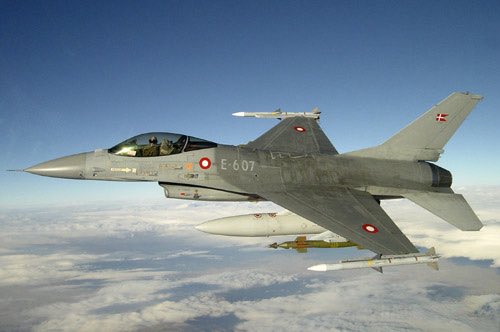
The Argentine Air Force (Fuerza Aérea Argentina) has opted to acquire 24 ex-Danish F-16A/B MLU fighter jets in a deal valued at $650 million USD. This decision comes after considering offers from India’s LCA-Tejas and China’s JF-17 Thunder.
The ex-Danish F-16s were offered at a significantly lower price point compared to the new-build alternatives. At $14 million per unit, the F-16s were nearly three times less of the price of the offered Tejas and JF-17 jets.
Continue readingSOURCE: IDRW.ORG TEAM.
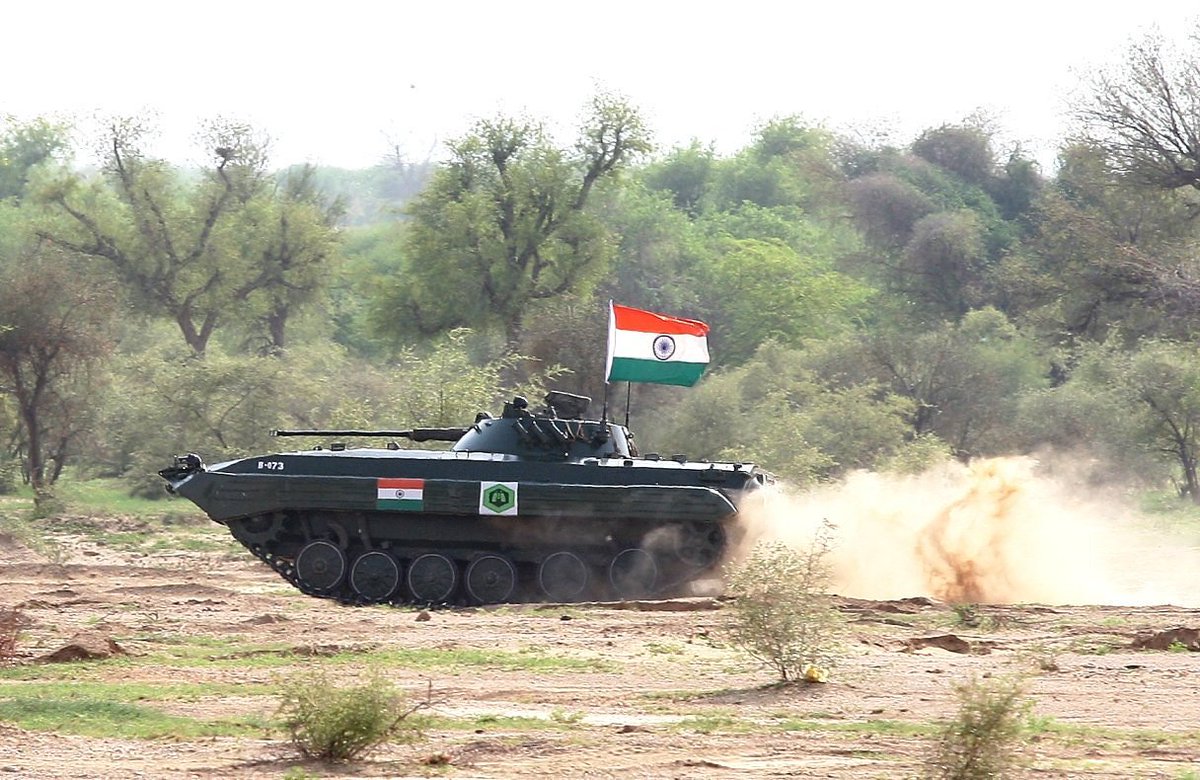
The Defence Ministry’s CCS (Cabinet Committee on Security) has approved a critical upgrade for the BMP-2 infantry fighting vehicle, a mainstay of the Indian Army’s mechanized forces. These upgrades are particularly important for the ongoing situation in Eastern Ladakh, where BMP-2s have been deployed in large numbers to counter Chinese forces.
The BMP-2s, currently manufactured by the Ordnance Factory Board (OFB) under Russian license, are set to receive a significant power boost thanks to Pinaka Aerospace Solutions, a Bangalore-based company. Pinaka’s key contribution is the development of a fully indigenous Transmission Control Unit (TCU). This unit sits at the heart of the engine upgrade, ensuring optimal power delivery.
Continue readingSOURCE: IDRW.ORG TEAM.
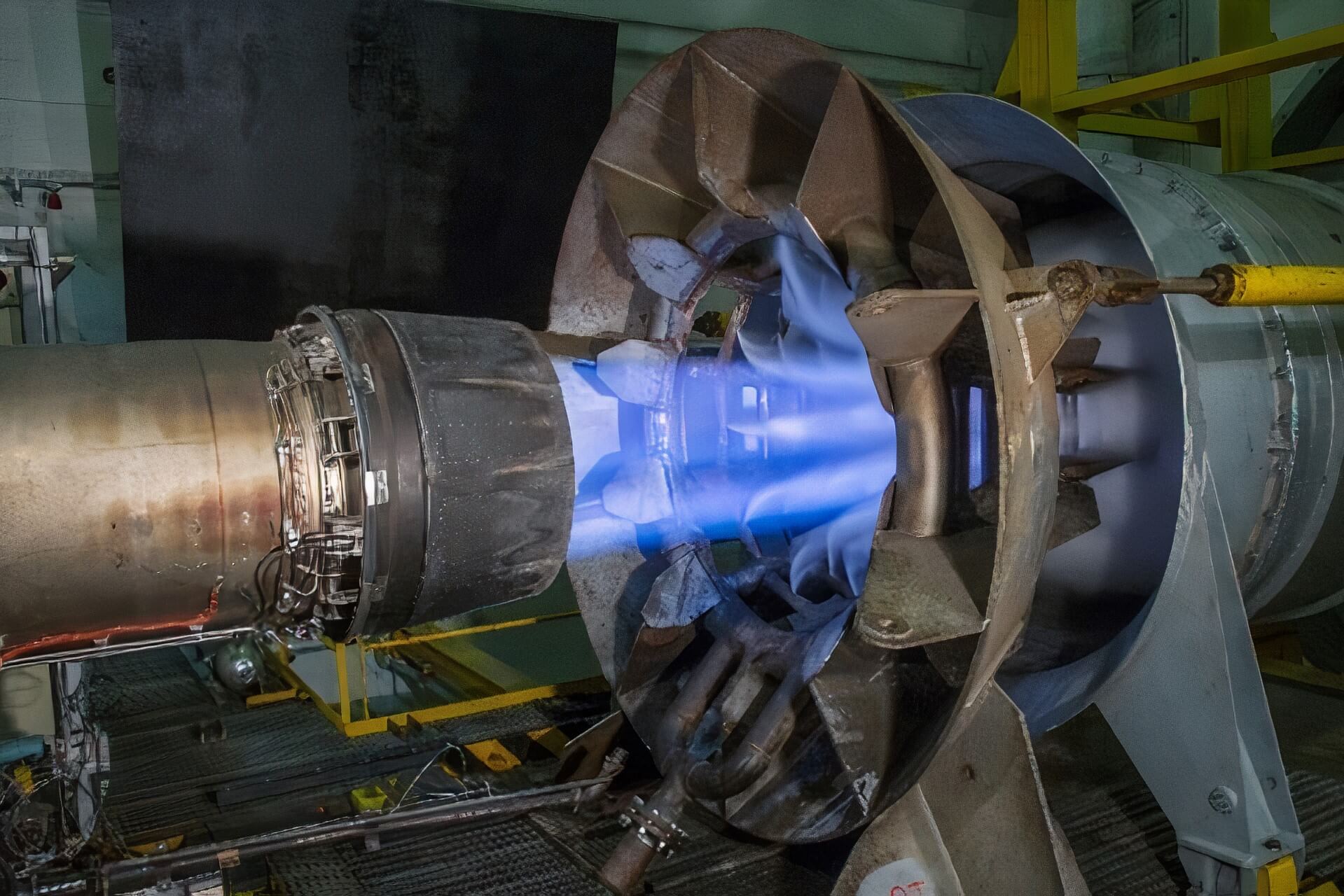
India’s ambitious plans for its 5th generation Advanced Medium Combat Aircraft (AMCA) program take a significant step forward with the hunt for an engine development partner. Sources close to the program reveal that the Defence Research and Development Organization’s Gas Turbine Research Establishment (GTRE) is actively courting foreign collaboration.
GTRE aims to finalize a partner by mid-2024, paving the way for a contract later this year or early next year. This partnership is vital for developing a new 5th generation engine capable of generating 110-130kN thrust, a significant upgrade for the AMCA MkII variant.
Continue readingSOURCE: IDRW.ORG TEAM.
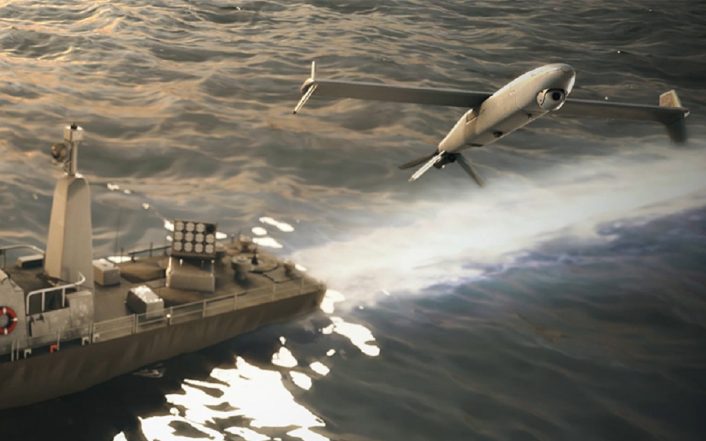
Defense Minister Rajnath Singh emphasized the growing threat posed by drones in modern warfare during a meeting with the Indian Navy’s top brass on Tuesday. He urged the Navy to prioritize preparedness to counter such challenges.
This call to action comes amidst the Navy’s ongoing efforts to integrate drone capabilities into its operations. The planned incorporation of loitering munitions on frontline warships signifies a strategic move towards long-range engagement of sea-based targets.
Continue readingSOURCE: IDRW.ORG
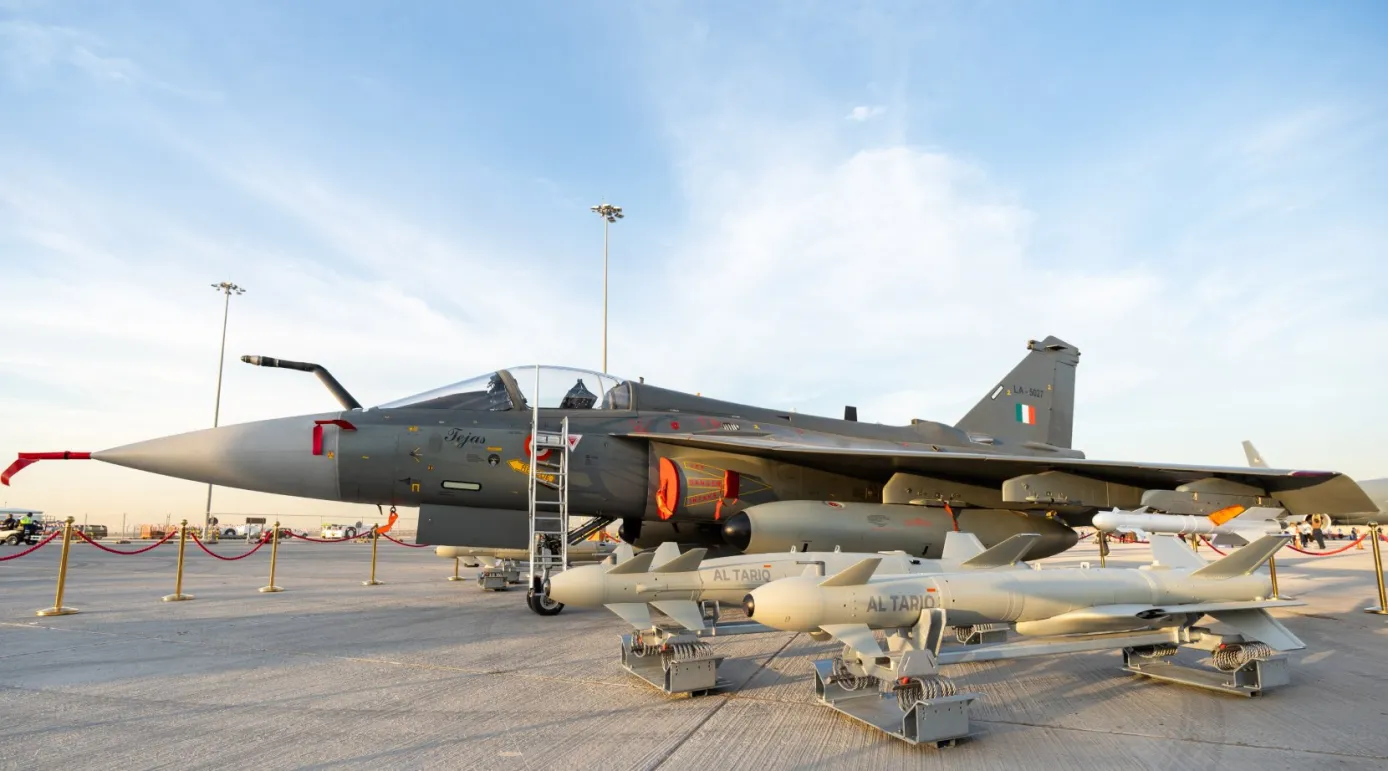
EDGE Group, a leading UAE-based technology and defense company, has expressed its interest in collaborating with India on the production of its AL TARIQ smart weapons. This move signifies a potential boost to India’s indigenous defense capabilities.
EDGE Group’s Managing Director & CEO, Hamad Al Marar, has proposed the transfer of AL TARIQ technology to India, enabling local production by Bharat Dynamics Limited (BDL). This collaboration could lead to significant benefits for both countries.
Continue readingSOURCE: IDRW.ORG TEAM.

@detresfa_
India has issued a Notice to Airmen (NOTAM) designating a no-fly zone over the Bay of Bengal, effective from an unspecified date. This restricted airspace spans a significant 1680 kilometers, raising speculation about a potential missile test.
The size of the no-fly zone strongly suggests India might be testing its next-generation Agni-Prime ballistic missile. This missile boasts a reported range of around 2,000 kilometers, marking a significant advancement in India’s indigenous missile technology.
Continue readingSOURCE: IDRW.ORG TEAM.

Airbus and Boeing are caught in a strategic tug-of-war with the Indian government. As India’s commercial aviation market experiences explosive growth, both companies are under pressure to establish final assembly lines (FAL) within the country.
India is projected to need over 2,000 short-Mediumhaul aircraft in the next two decades, making it a lucrative market neither Airbus nor Boeing can afford to ignore. However, the Indian government desires more than just sales. They want a bigger piece of the pie – a local FAL that fosters domestic manufacturing and technological expertise.
Continue readingSOURCE: IDRW.ORG TEAM.

The Indian Air Force (IAF) is on the cusp of a major milestone with the upgraded Tejas Mk1A fighter jet. The first aircraft, LA-5033, has been spotted conducting crucial low and high-speed taxi trials at Hindustan Aeronautics Limited (HAL) facilities. This paves the way for its much-anticipated maiden flight within the next 48 hours.
The Tejas Mk1A represents a significant upgrade over the earlier Mk1 variant. The IAF placed an initial order for these jets in 2021, and a substantial follow-up order for 97 more is expected later this year.
Continue readingSOURCE: IDRW.ORG TEAM.

Indian defence startup EDITH Defence Systems has unveiled a new innovation to improve situational awareness for soldiers on the battlefield – the ThirdEye. This helmet-mounted tactical wireless camera promises real-time benefits for both soldiers and commanders.
The ThirdEye is a camera designed to be mounted directly onto a soldier’s helmet. It captures real-time video footage of the soldier’s surroundings and transmits it wirelessly to a designated command center. This provides commanders with a crucial first-person perspective of the battlefield, allowing them to make more informed decisions and provide better support to their troops.
Continue readingSOURCE: IDRW.ORG TEAM.
Argentina’s defense landscape stands at a crossroads as the country grapples with the daunting task of modernizing its armed forces amidst fiscal constraints and geopolitical hurdles. Despite promises made by the new president to revitalize the country’s defense capabilities, experts question the feasibility of such ambitions given the harsh fiscal realities facing the government.
The Argentine Air Force (FAA) has long sought to bolster its fleet of fighter aircraft, particularly following the retirement of the aging Dassault Mirage III and its variants in 2015. With the A-4AR Fightinghawk serving as the mainstay of Argentina’s air defense, the urgent need for modernization has become increasingly apparent.
Continue readingSOURCE: IDRW.ORG TEAM.

India’s elite Parachute Special Forces (Para SF) are evaluating the IWI ARAD assault rifle as a potential replacement for their current M4 rifles. This move signifies the Para SF’s commitment to staying at the forefront of combat effectiveness.
The IWI ARAD is designed for adaptability, catering to infantry, special forces, and law enforcement units. Its key feature lies in its caliber convertibility. The rifle can seamlessly switch between the standard 5.56x45mm NATO ammunition and the .300 Blackout (BLK) round, offering greater flexibility for various combat scenarios.
Continue readingSOURCE: IDRW.ORG TEAM.

Solar Industries India Limited (SOLARINDS) has achieved a significant milestone in Indian air warfare capabilities. Satyanarayan Nandlal Nuwal, Chairman of SOLARINDS, confirmed successful test flights of their indigenously developed 125kg bomb onboard Su-30MKI fighter jets.
This bomb is part of the Make-II Defence Production program, aiming to equip the Indian Air Force (IAF) with a versatile and domestically produced air-to-ground weapon. Designed as a universal bomb, it shares similarities with the widely used MK-81 bomb and is expected to seamlessly integrate with existing IAF aircraft, including the Mirage-2000.
Continue readingSOURCE: IDRW.ORG TEAM.

The Indian Air Force (IAF) is preparing to elevate its special forces training with the procurement of a Vertical Wind Tunnel (VWT). This advanced technology simulates realistic free-fall conditions, offering unparalleled training opportunities for the elite Garud Commando Force.
As the special forces unit of the IAF, the Garud Commandos shoulder critical responsibilities. They specialize in counter-terrorism operations, hostage rescue, protection of vital IAF assets, and unique air force-centric special operations. Since their establishment in 2004, the Garuds have proven their mettle in various missions.
Continue reading